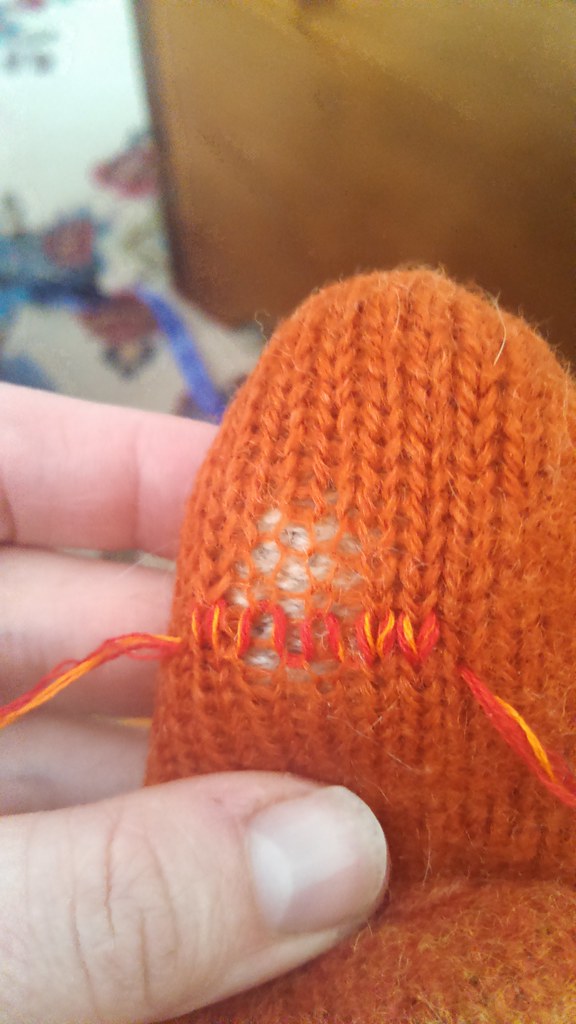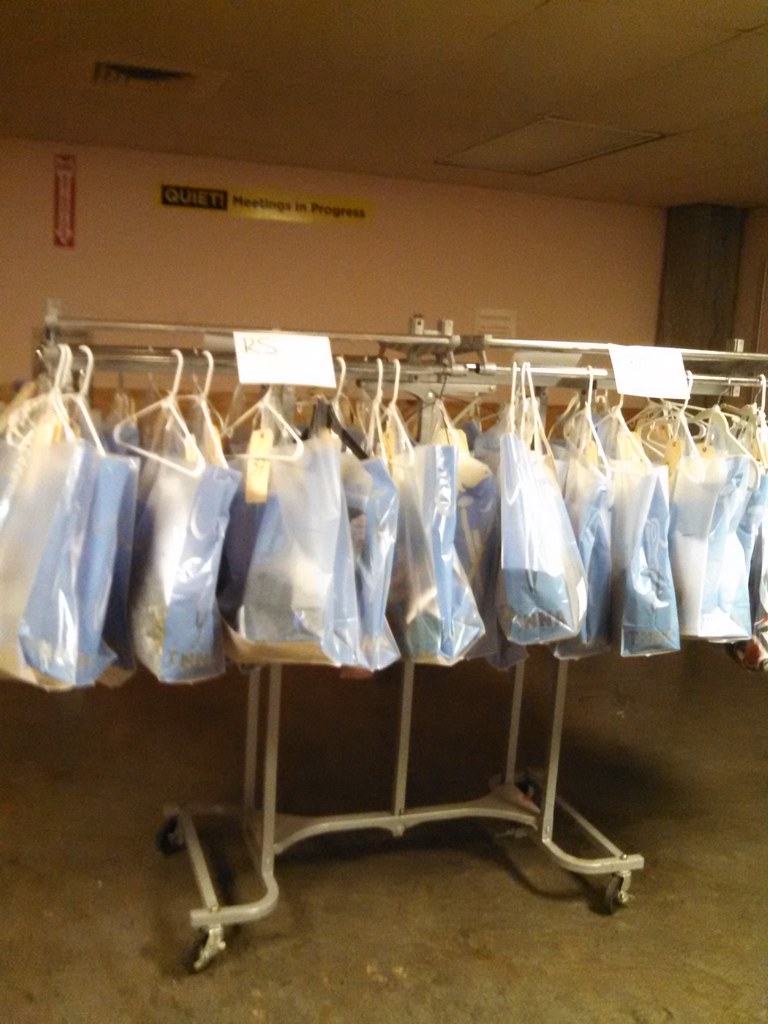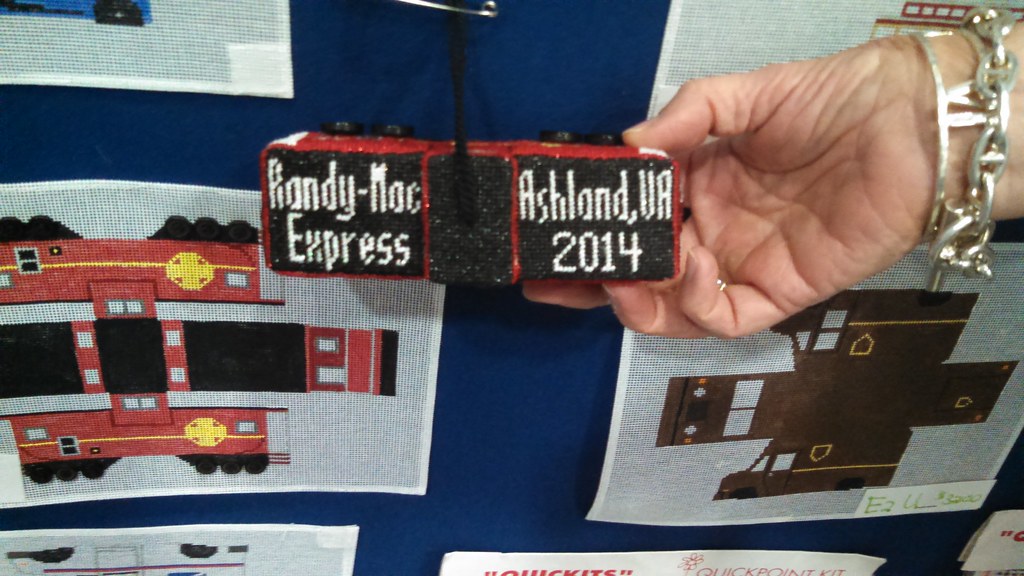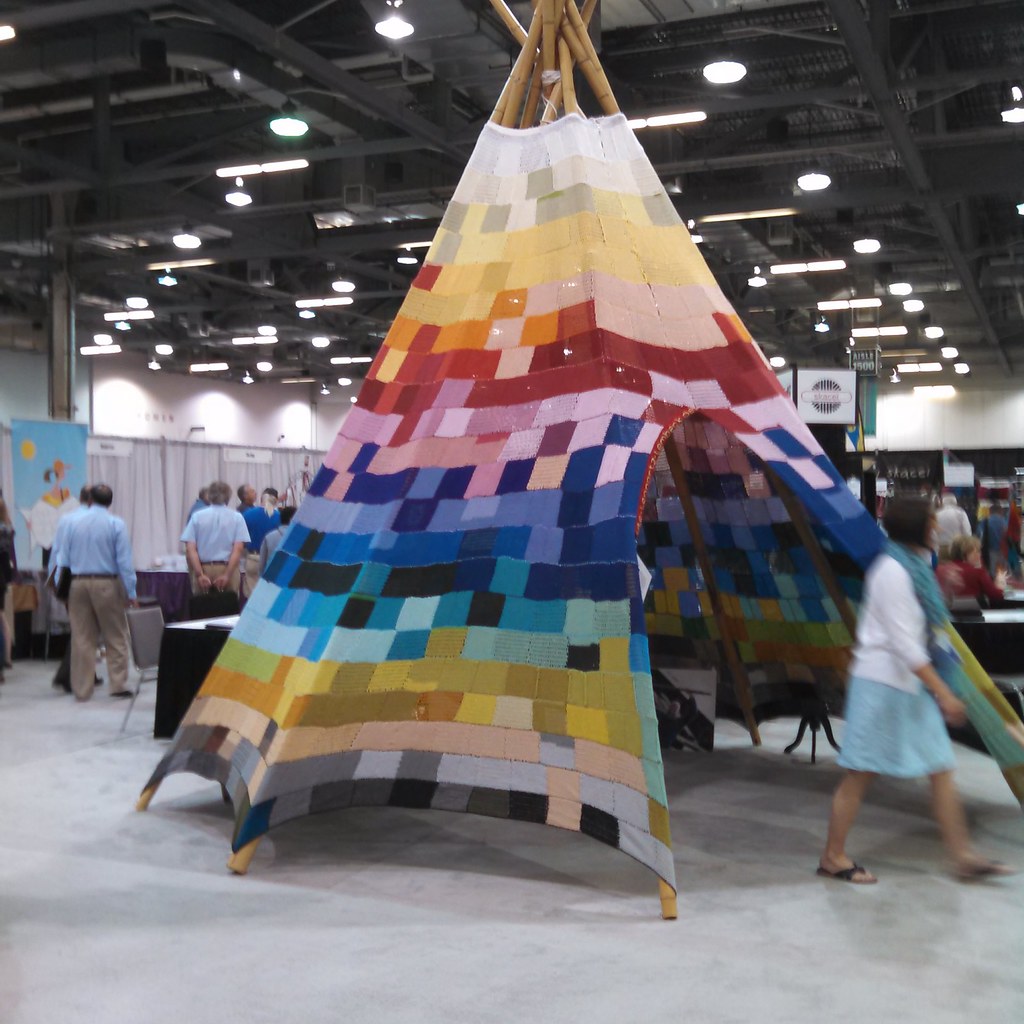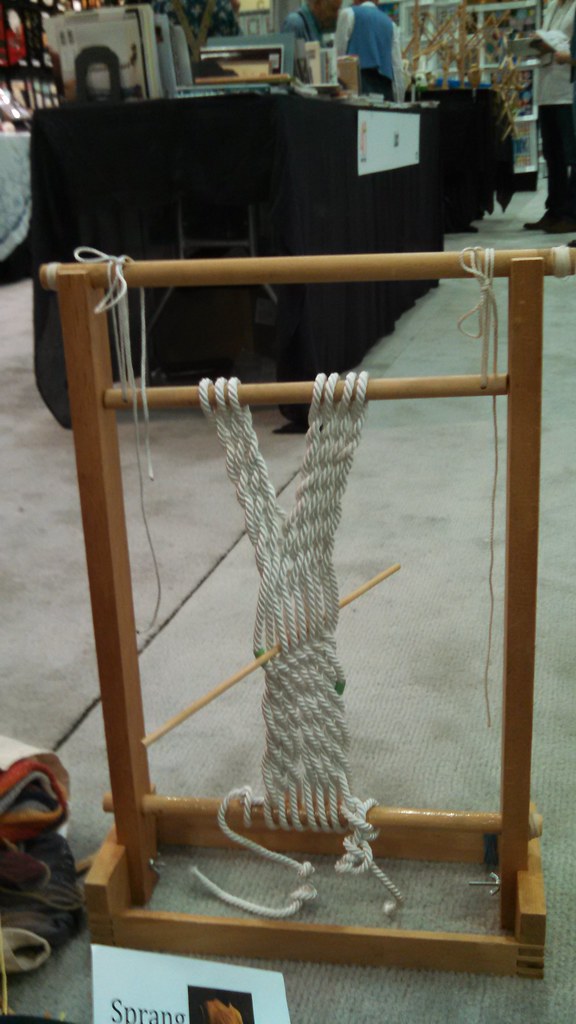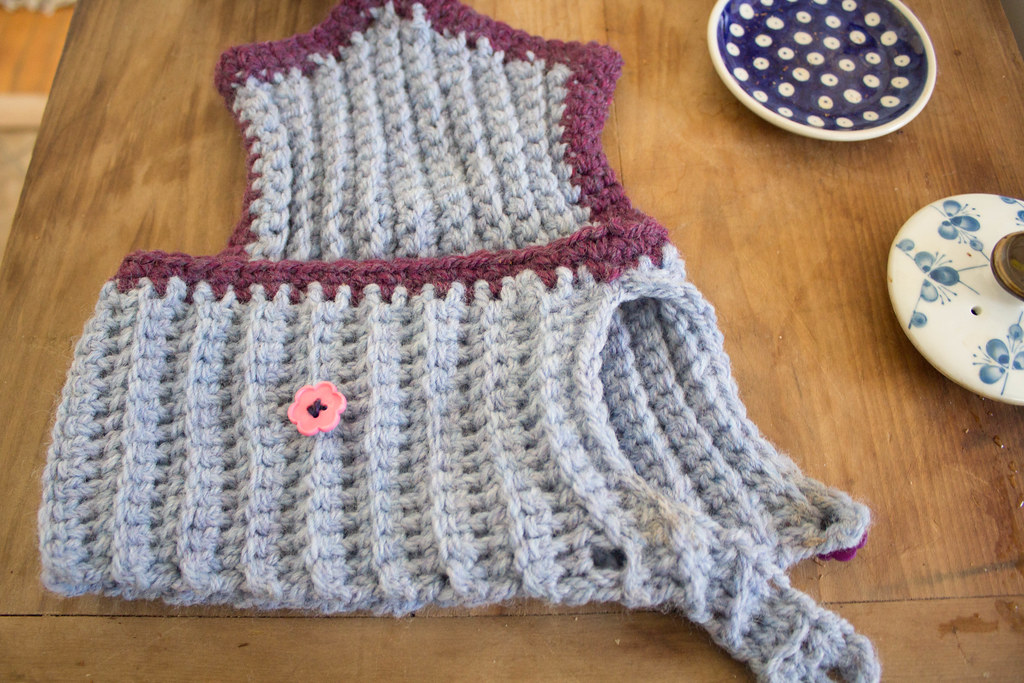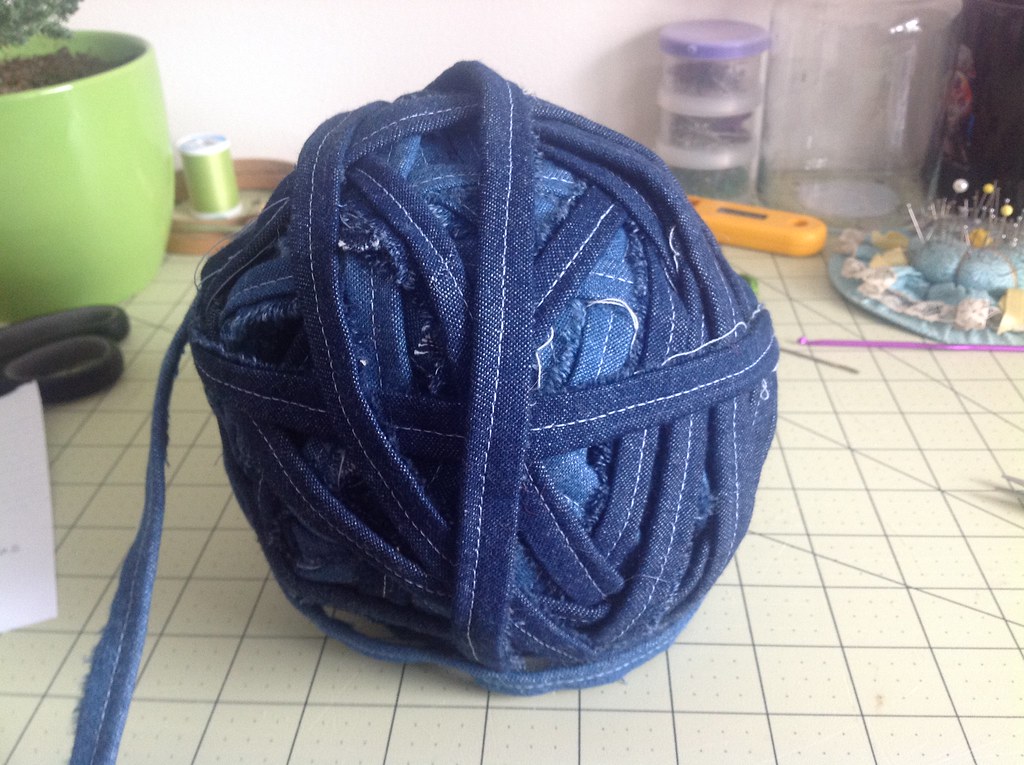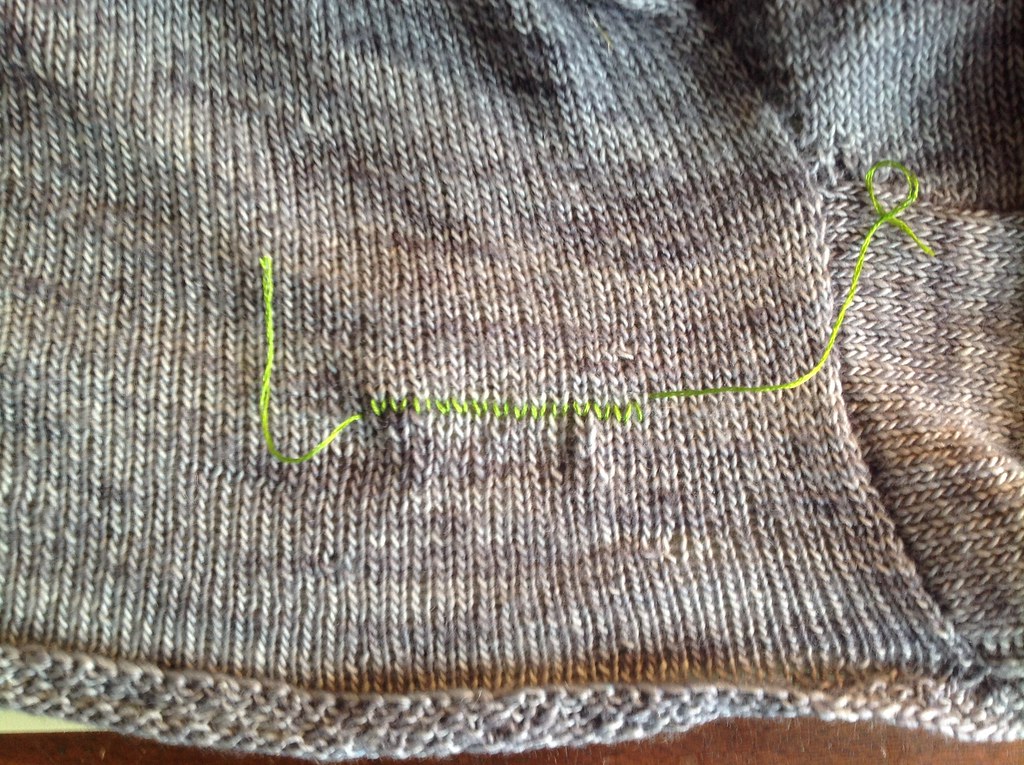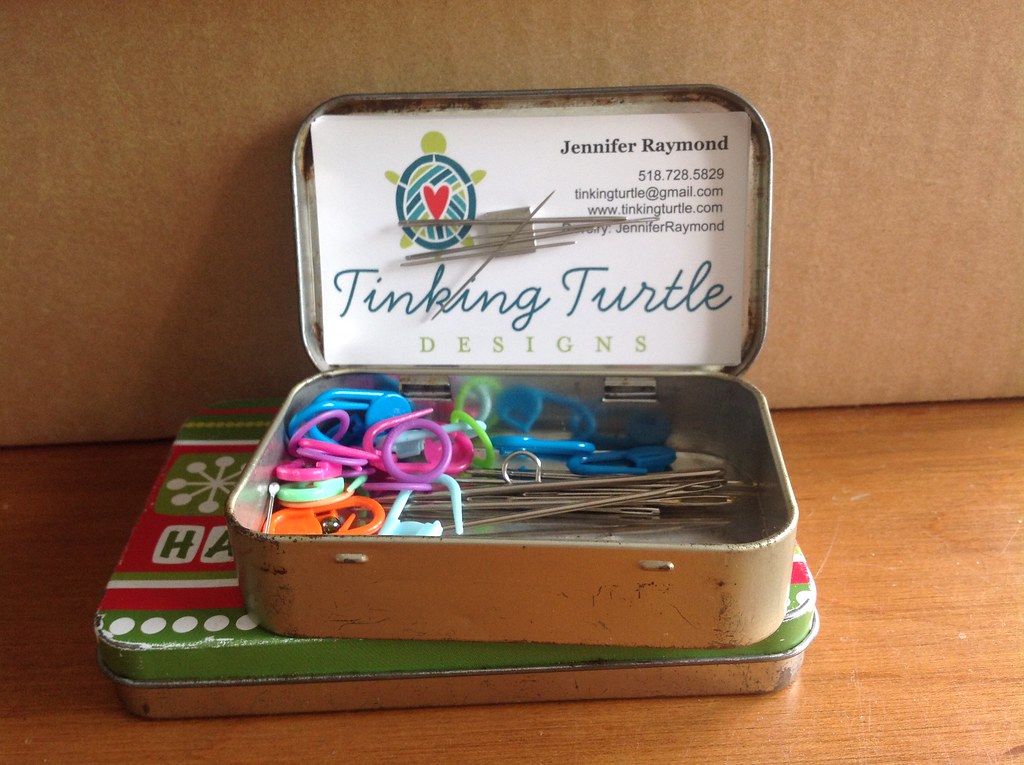It’s that time of year again: the weather is warming (despite all the rain we’ve had this week), and on my walk this morning, I found the first delicious blackberries. It’s summertime – and it won’t be long now until school wraps up and those hot days will be around the corner. It won’t be long until Tinking Turtle’s Craft Summer Camps start!
For me, this means a shift in Tinking Turtle’s focus: I’m beginning to get ready for the summer camps that I’ll be running. They’re one of my favorite parts of the year.
You see, way back before Tinking Turtle was a name written on a piece of paper, before I’d even dreamed up my first pair of socks, I was a camp counselor at Chimney Corners Camp. I’ve talked about CCC (as it’s known to campers and alumni alike) before: it’s the place where I met my longtime friend Becca, and where Mr. Turtle proposed to me. CCC’s been a huge part of my development as a person – not only personally, but professionally as well. CCC was the place I taught my first students: figuring out how to break down knitting, crochet, embroidery and cross stitch to campers aged eight to fourteen. I was only about seventeen myself, and I had very little clue what I was doing, but I figured out.
Since then, I’ve continued to love working and crafting with children. I worked as a nanny for many, many years, and last year I ran the camp String Theory through Montgomery College. It was a hit and a blast, and this year I’m adding to the lineup with two new classes: Next Step Needlecraft and Knockout Punch Rug Needlework. Let me tell you a bit about the classes:
String Theory is my flagship class, now in it’s second year. It’s a variety introduction to needlework
and crafting for both boys and girls ages 8-12. Campers learn how to knit a fingerless mitts (or two!), sew and decorate a project bag, learn to process, card and spin fiber, and the basics of how to dye wool. This year we’re offering three sessions: 7/20 – 7/24 from 1-4 pm, 7/27 – 7/31 from 1-4 pm, and 8/3 – 8/7 from 9 – 12 pm. You can click on the links to find out more and signup!
Because we received such a great response to String Theory, we’ve added Next Step Needlecraft. Intended for campers who loved String Theory and want to learn more, or for older students looking to learn some more interesting crafts, it’s a great next step. Students learn how to crochet, how to spin yarn, the basics of needle felting, and how to create stunning punch rug pieces. This class is meant to sink students’ teeth into needlecrafts you don’t get exposed to nearly anywhere else. This year I’m offering two sessions: 7/20 – 7/24 from 9-12 pm, and 8/3 – 8/7 from 1-4 pm.
My last class: Knockout Punch Rug Needlework is a very focused class. Unlike the other two camps which focus on variety, this one dials down into the art of rug making. In this class students will have a lot more independence to learn, plan and execute one, if not two projects. This class focuses on giving students the independence to decide and plan their own projects, and my help to make them a reality. We’ve got just one session of this camp, so if it sounds like something your child would enjoy, make sure to sign up as soon as possible. Knockout Punch Rugs will run 7/27 – 7/31 from 9 – 12 pm.
If you’re looking for a great crafting camp for the summer, these camps are for you. Don’t have children of your own? Tell your friends about these camps. Teaching kids crafts improves dexterity, problem solving and creativity – and preserves these traditions for the next generation.
Let me know what you think about the camps – and what other crafts I should look at adding to the repertoire!





